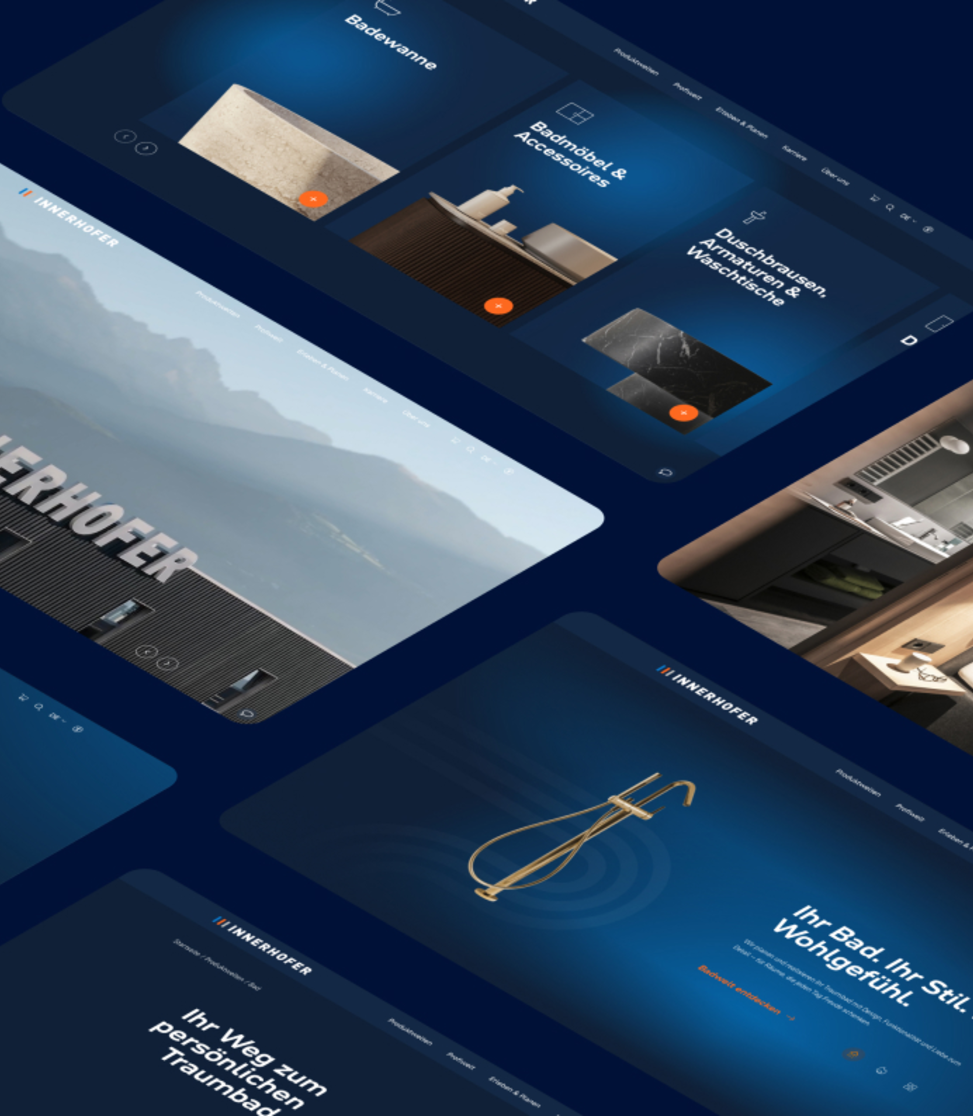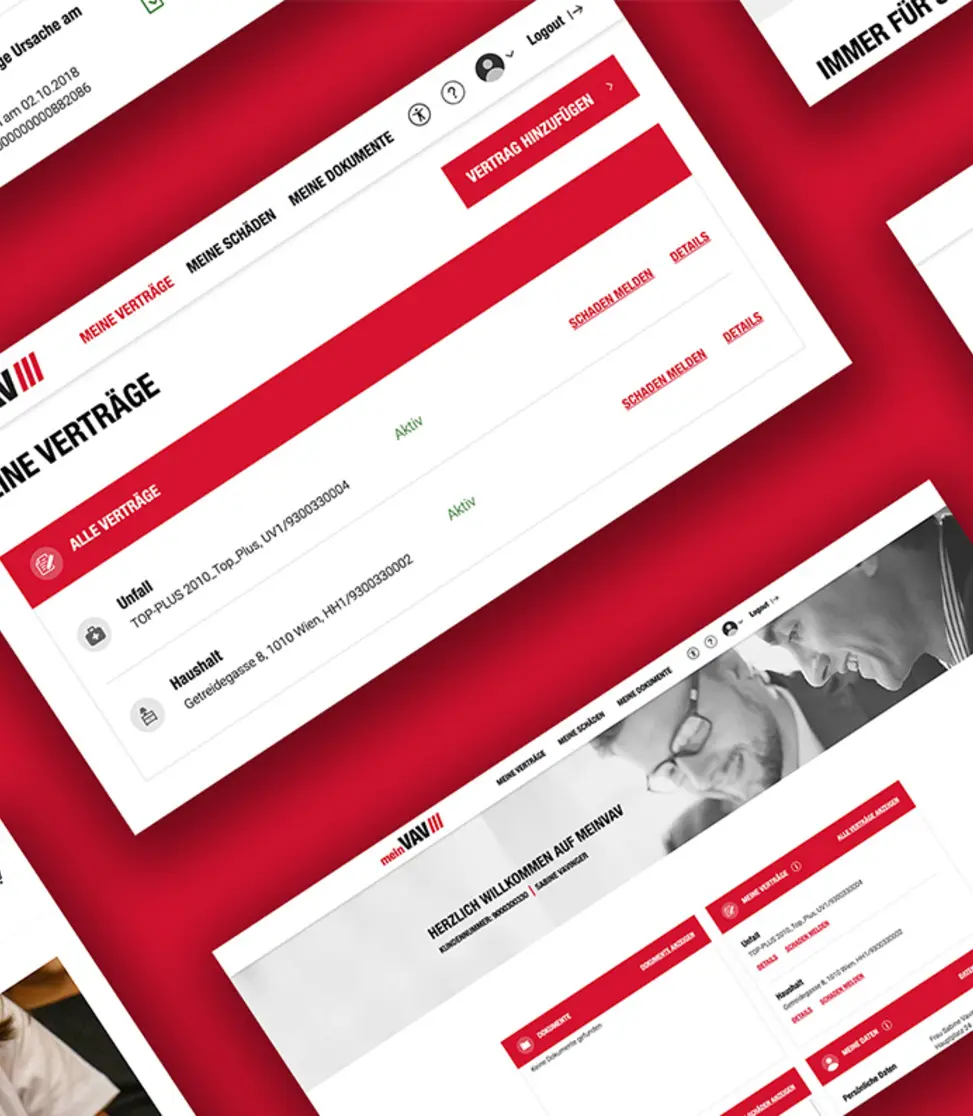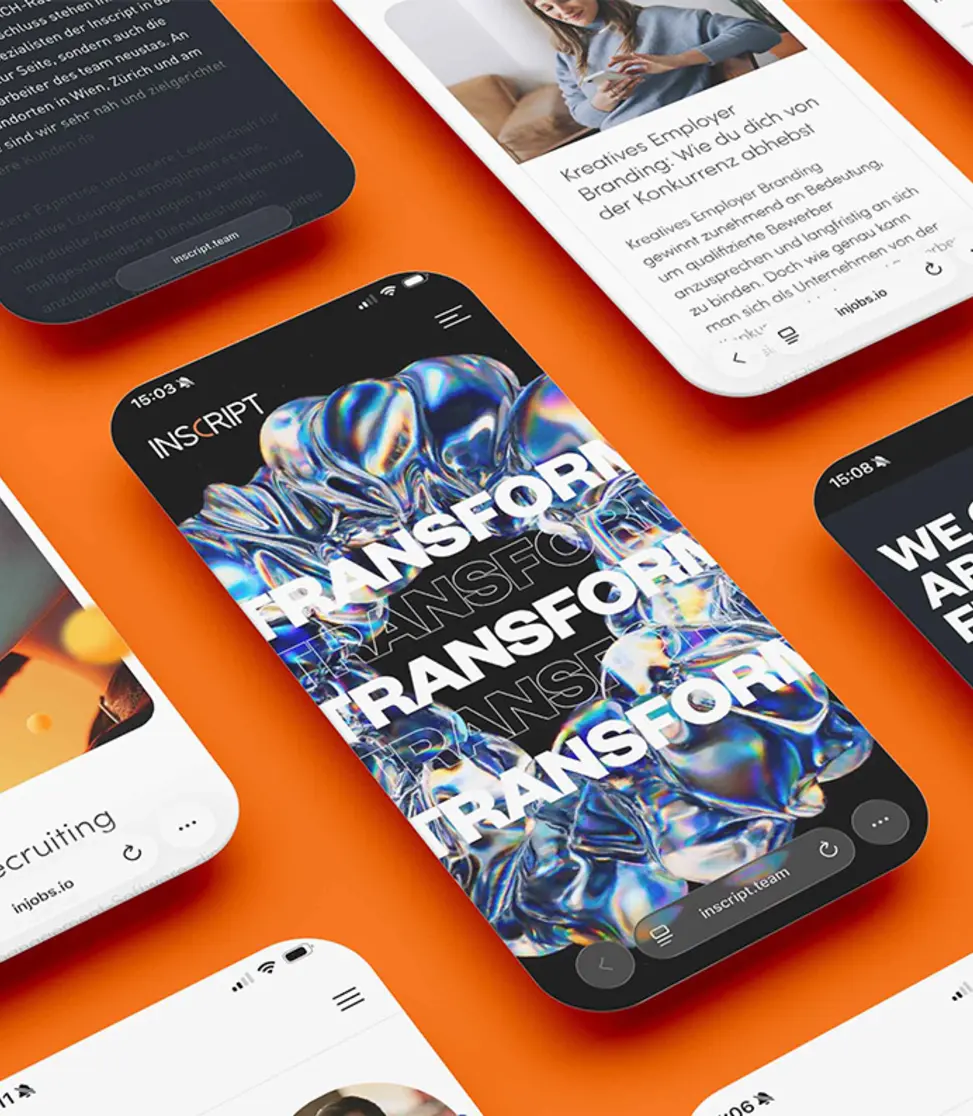


Virtual events
Our way of working has changed radically in recent years. Virtual meetings, hybrid events and digital conferences are no longer just stopgap solutions, but have established themselves as an integral part of the working world. Companies are increasingly recognising the benefits: more flexibility, lower travel costs, faster decision-making - all while increasing their reach. But what does the future of this digital collaboration look like in concrete terms?
Next Level Collaboration
The future of virtual events and meetings is not only becoming more efficient, but also more immersive. Technologies such as virtual reality (VR) and augmented reality (AR) are about to ignite the next stage of digital interaction. Instead of flat video conferences, we could soon be meeting in virtual 3D conference rooms and communicating with realistic avatars.
Artificial intelligence (AI) will also play a greater role - from automatic translation and smart moderation to real-time meeting summaries. At the same time, tools are becoming increasingly interconnected to enable seamless switching between chat, meetings, file and task management.
Conclusion: Virtual collaboration is only at the beginning of its development. Those who invest, experiment and educate themselves today will be at the forefront tomorrow.
Frequently Asked Questions
FAQ
Virtual meetings enable more flexibility, save travel costs, are easier to scale and offer better measurability of participant behaviour and engagement thanks to digital tools.
Hybrid events combine physical and digital participation. This allows participants to attend either on site or online - ideal for maximising reach and participation.
Virtual reality (VR), augmented reality (AR) and artificial intelligence (AI) are increasingly being integrated - for interactive meetings, smart moderation, automatic translations and personalised user experiences.
Yes - by eliminating travel, hotel stays and printed material, CO₂ emissions are significantly reduced, making virtual formats more environmentally friendly.
The first step is to choose the right platform. Intuitive tools, clear goals and a good technical setup are important. Internal training courses and small pilot projects ensure a particularly smooth start.











